Earlier this year, I got a chance to visit Germany and Austria. Munich is the biggest city in Bavaria – the southern state of Germany and is very close to the Austrian town of Salzburg. Although it was a short visit it is one of the most momorable, before the virus struck. So, I thought of writing about it before the year ends.
The Munich Charm
I spent most of my week in Bavaria at the TU Munich, one of the leading universities in Europe for STEM research. It’s such an inspiring place where many eminent scientists like Rudolf Diesel (the inventor of the diesel engine), Carl von Linde (developed the refrigeration cycle), and Claude Dornier (one of the first aircraft builders and the creator of Dornier aeroplanes) studied or researched. But it’s not just about the legacy of the place; everything around was awe-inspiring to me. Every morning I took the U-bahn (or Untergrundbahn), the German underground transit railway to reach the Garching campus – I still can’t pronounce that right – of TU Munich. And this was the Garching station:

But that was just the start. The department of Mathematics and Informatics, where I was, has a huge parabolic slide in the centre. Anyone can slide down it! I did see even a lecturer demonstrating it to some students :). Of course I did slide down the parabola myself!
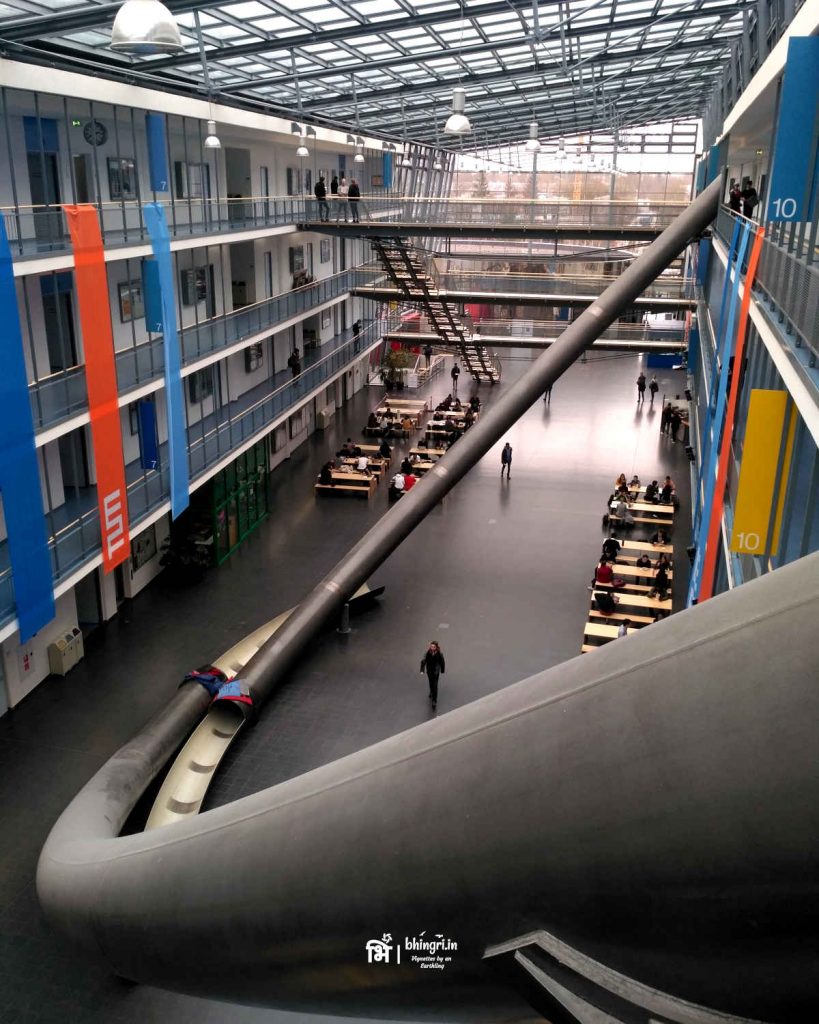
While, there were more such gems at the TUM campus, I didn’t have enough time to explore all of it. There were, of course, many other places I wanted to visit but because I had only few days, I took a long walk through the city of Munich instead. It’s such a beautiful city, I can’t express well enough in words. Bombed to ashes during the second world war, people rebuilt it afterwards and now is the biggest city in the richest province of Germany. It’s home to the football club Bayern Munich and the industrial heart of Bavaria. Spending less than a day walking through the streets of Munich felt like browsing through a huge classic novel. I want to go again!

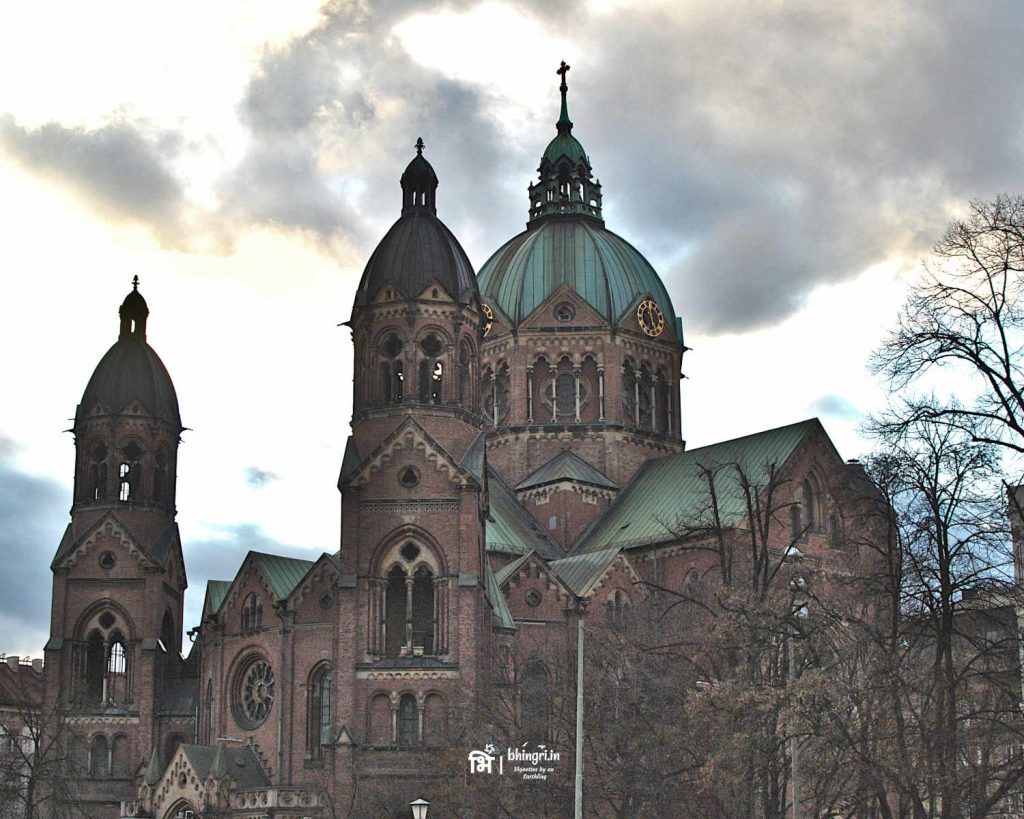
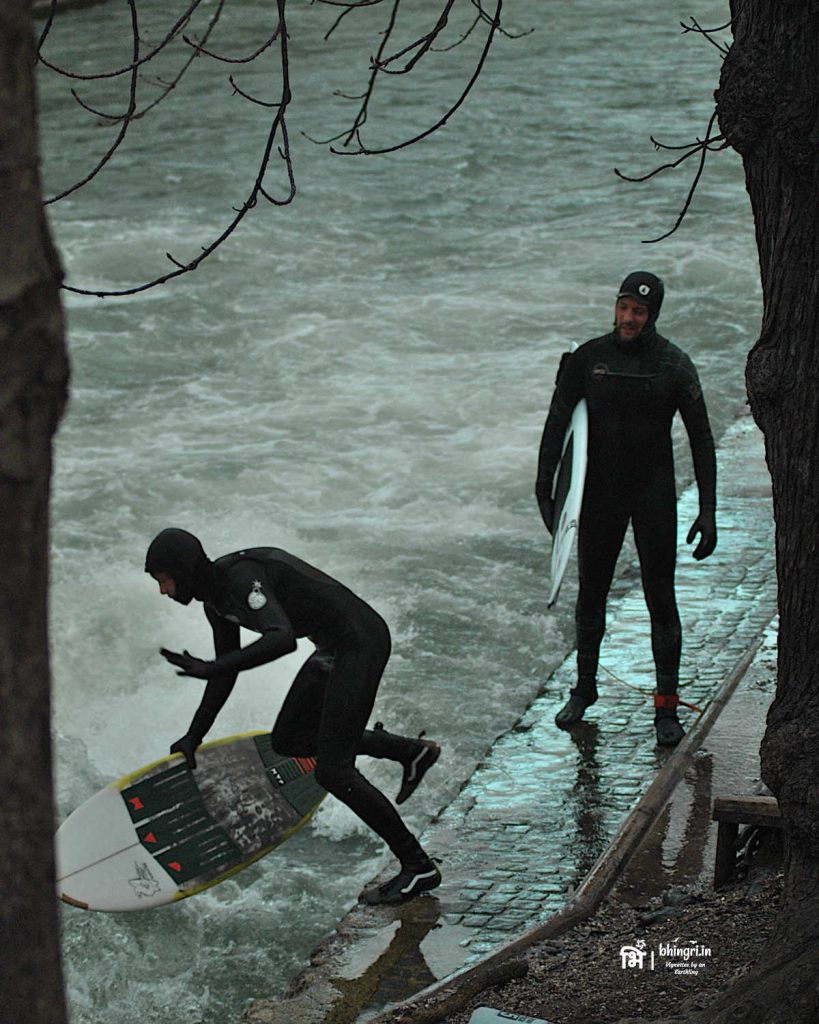
Enchanting Neuschwanstein Castle
I had seen photographs of this castle before so I definitely wanted to experience its beauty firsthand. My cousin from Berlin had joined me. He knows much better German than me but we still took a wrong ticket and ended up paying extra for the correct one. That’s a story in itself but I’d reserve it for some other time.
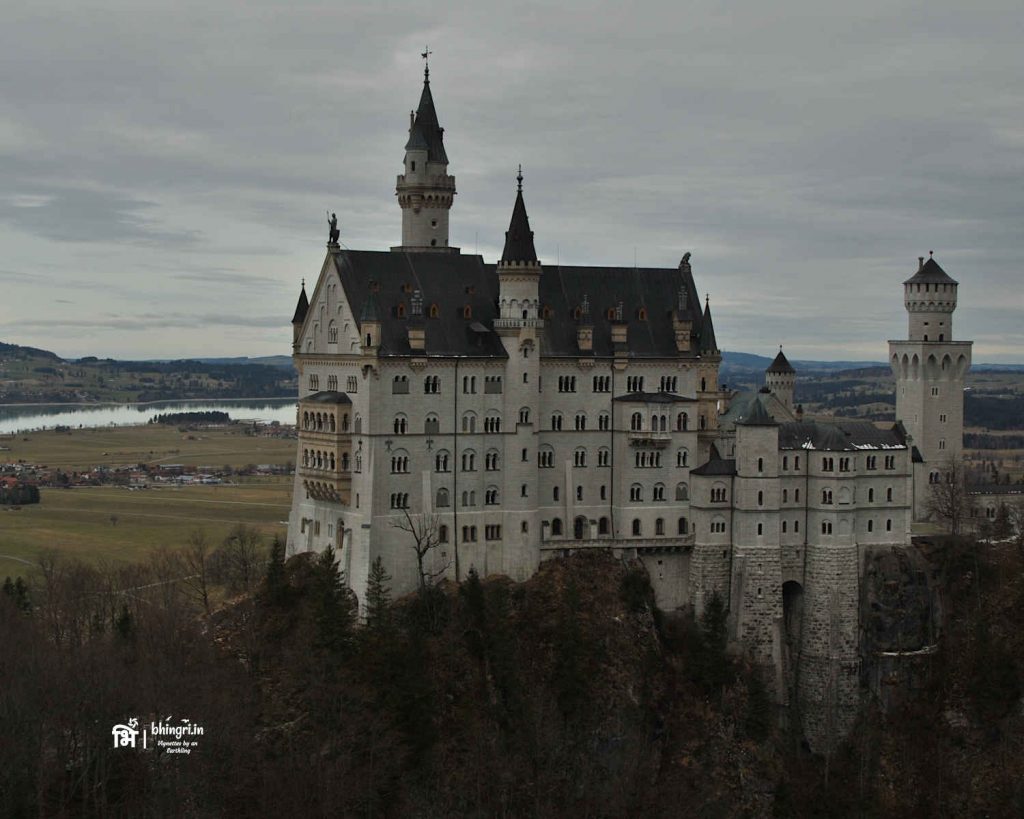
Bavarian king Ludwig II built the Neuschwanstein castle, over the ruins of two older castles that overlooked a third castle in the town of Schwangau. So now this new castle – Neuschwanstein, from the top of the hills overlooks the villages and the older Hohenschwangau castle. The picturesque palace survived the world war because it is located in the secluded Alpine foothills. And now it is one of the most popular destinations in Germany.
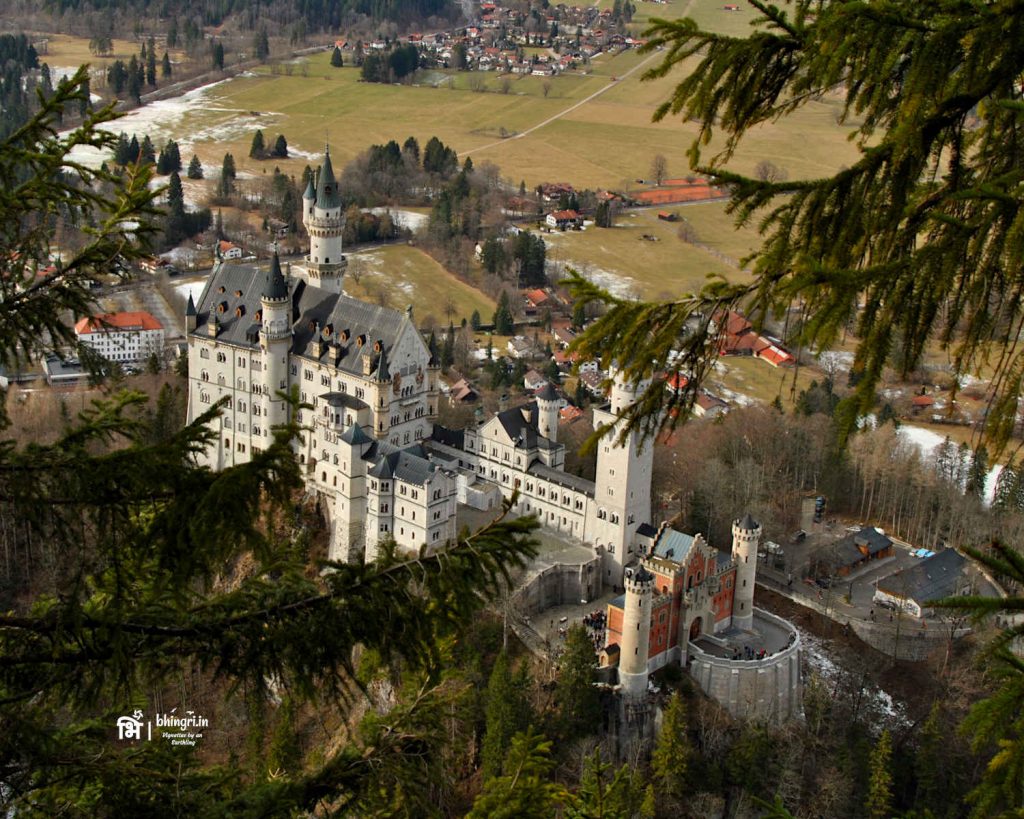
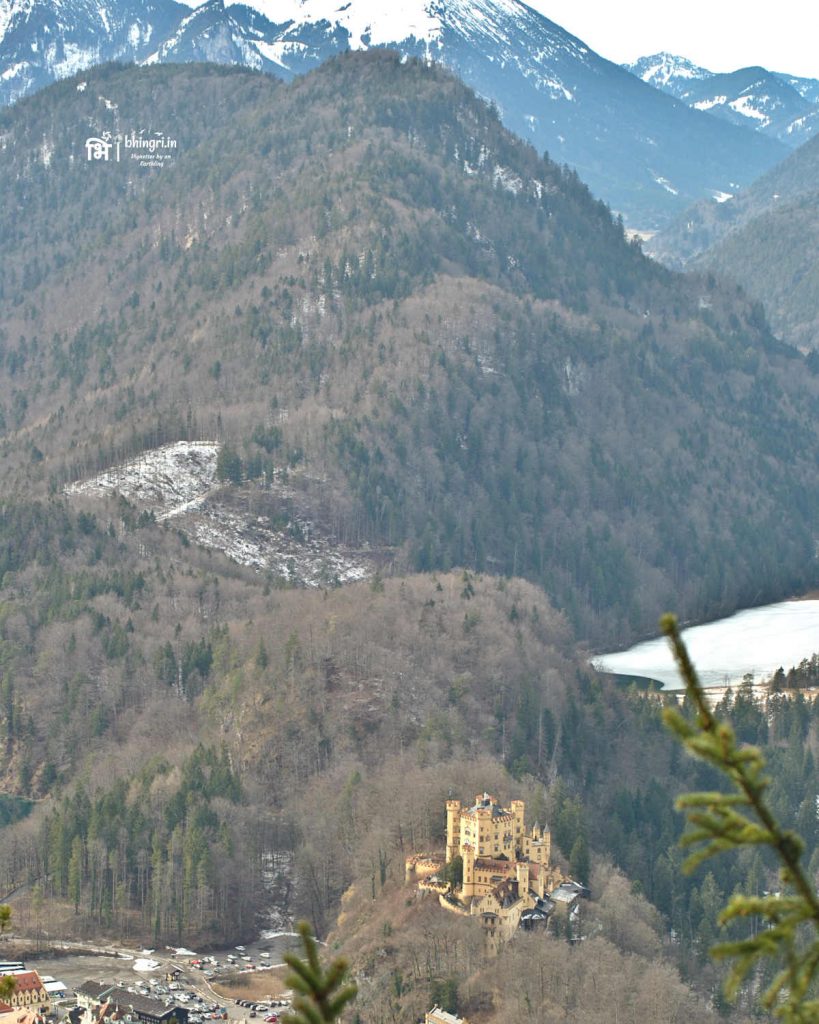
Salzburg – Medieval Centre of Salt Trade
My next destination was a quaint little town in the neighbouring Austria – Salzburg. Salzburg is just over an hourlong train ride away from Munich and is famous as the home of 18th century music composer Mozart. While that’s true, another relatively less known fact is that Salzburg is also the hometown of the physicist Christian Doppler – after whom the Doppler Effect is named. The town itself is so picturesque I could walk endlessly on its near-empty streets, watch the trams pass by, and enjoy its peaceful vibe.
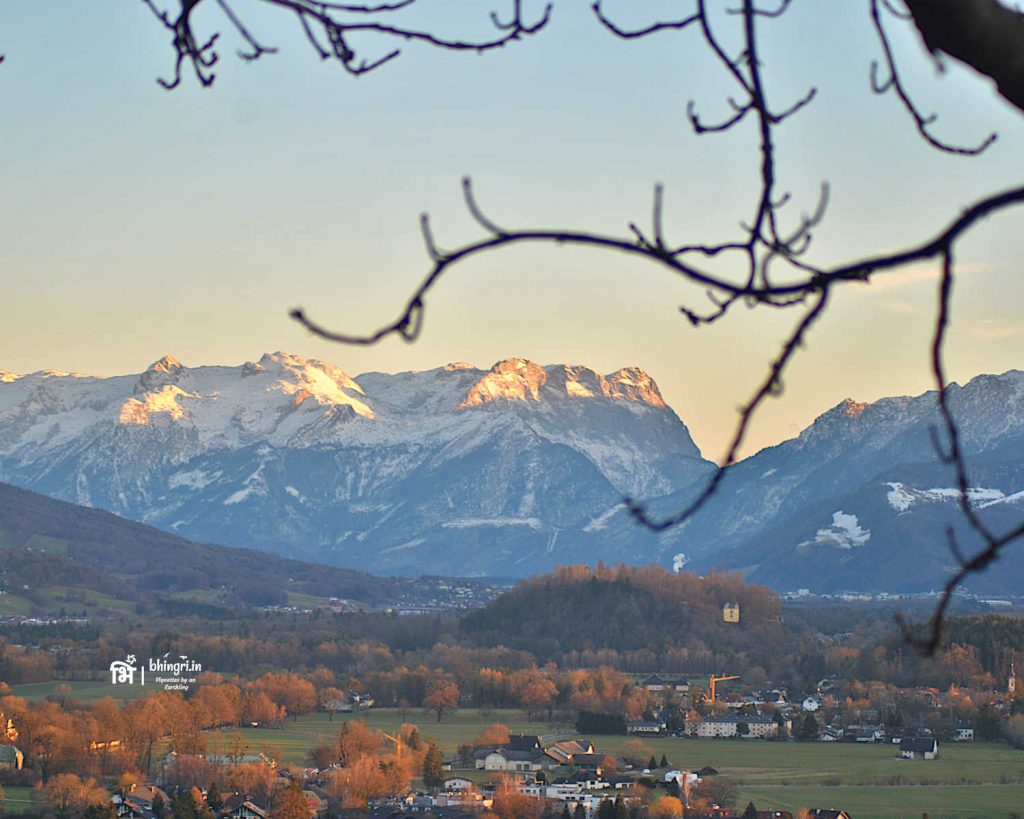
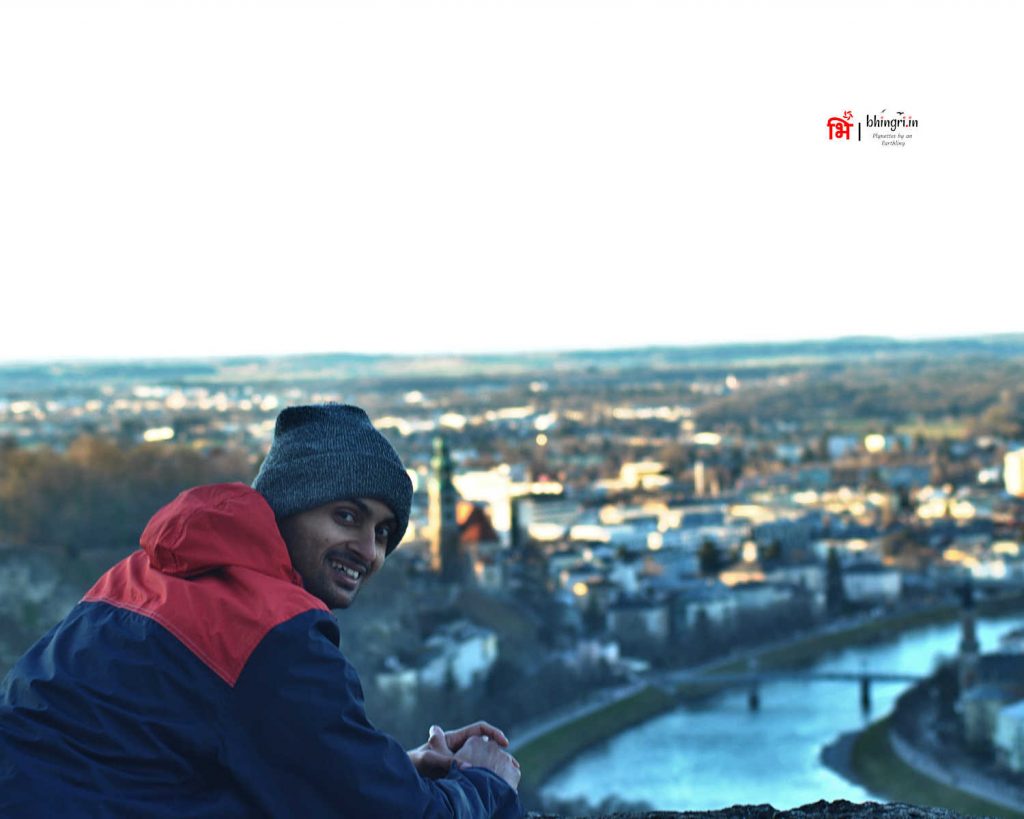
Salzburg was the centre of salt trade in the region in the Medieval period. The fortified castle – Festung Hohensalzburg – in the town used to be the Catholic throne that controlled the trade and is a real eyecatcher. From the top, one can get a glimpse of snowy Alpine hills in winter. On the other side, one can see the beautiful town spread below and across the river. I still have vivid memory of the views from the fortress.
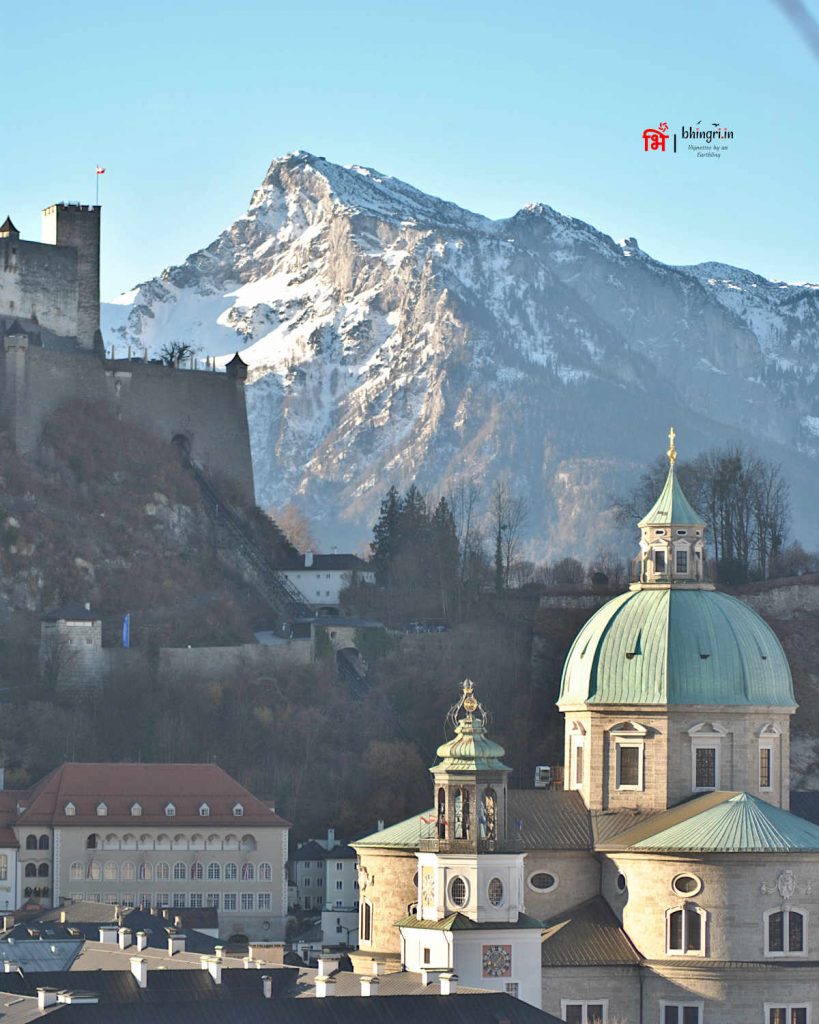
For me, there was another attraction – the funicular railway! In the modern day, they have installed a funicular railway to access the fortress. A funicular railway is a very interesting engineering design. It is installed to climb up and down a steep incline and usually has two compartments in two directions which balance each other. It was a fun ride!
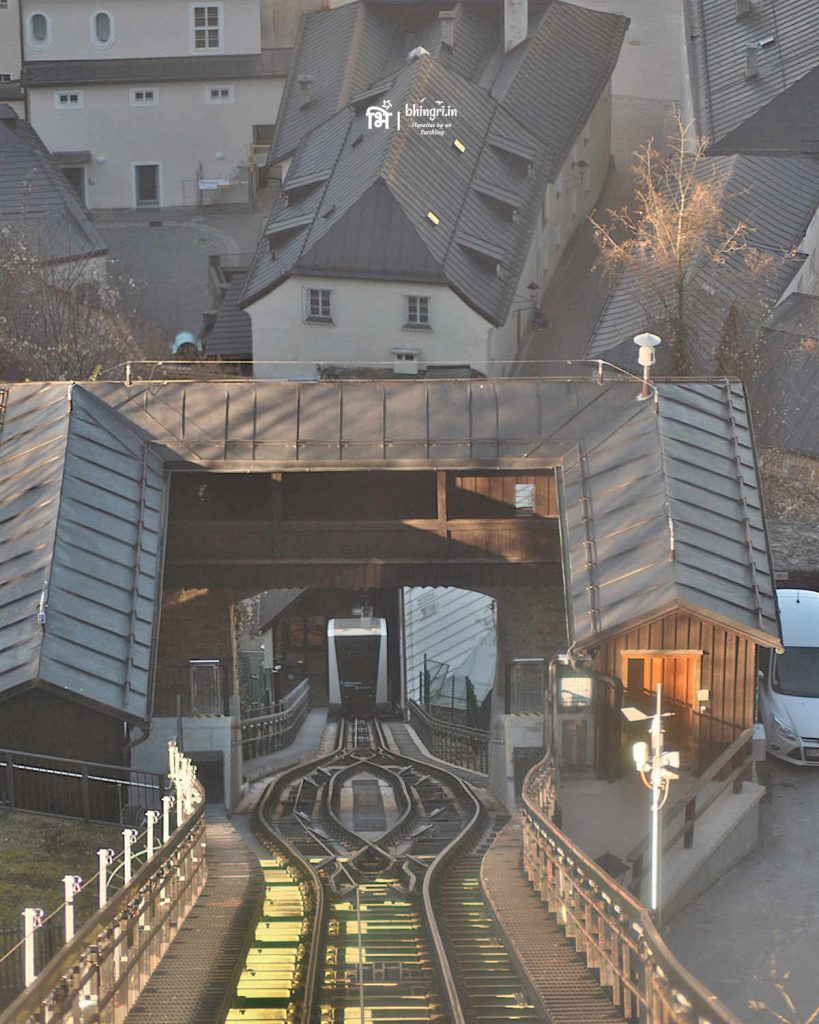
Unfortunately, I had only one full day to spend in the town. With Munich, I can certainly picture myself visiting Salzburg again.
Salt Mines in the Bavarian Alps
After Salzburg, I wanted to get close to the Alps and visit a salt mine. The decision to stop at Berchtesgaden for quick tour of salt mine proved wise. I had read about the salt mines in the region and how it created small societies around salt trade. Now I actually got to see how a salt mine that produced rock salt really worked.
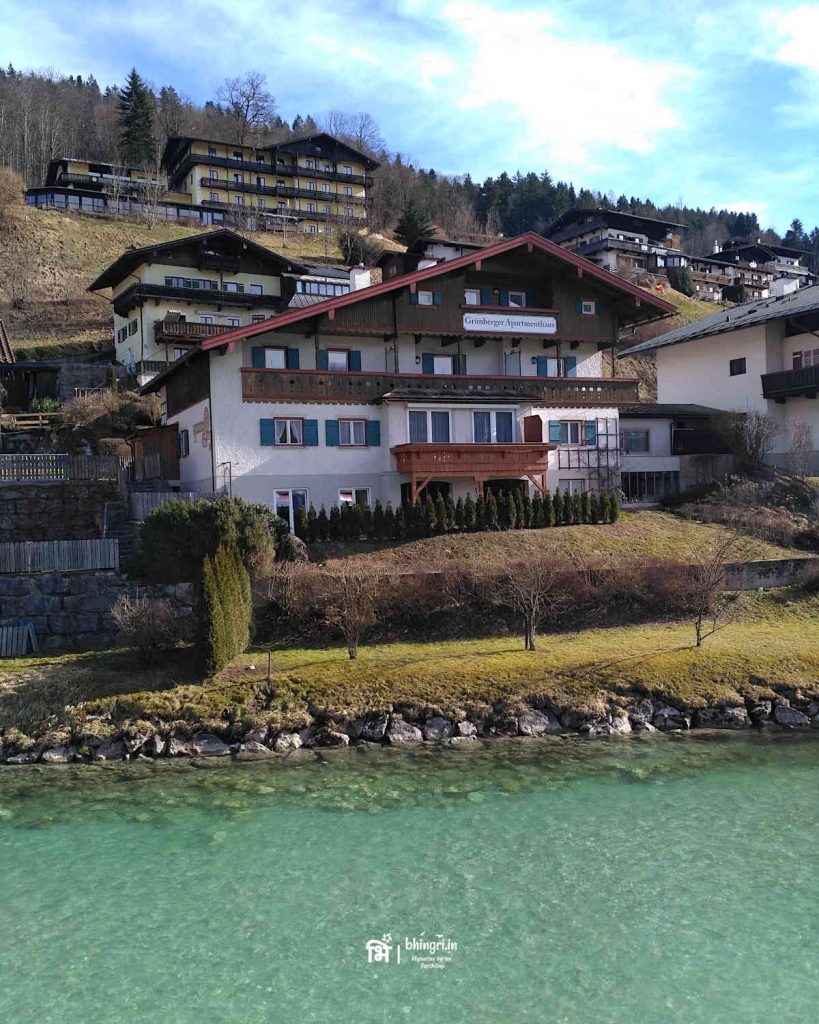
The salt mines have multiple chambers spread across a huge area under ground. First, the operators flood these chambers with water. As the salt dissolves in the water, it is pumped out and the salt crystals are then separated. During the tour at the Berchtesgaden salt mine, I was truly fascinated by the way this process was illustrated using projections on the rocky walls and sound. At one point, we also crossed over a chamber full of water by a small boat. The water was so still one could clearly see the reflection of the top of the chamber. Everyone was spellbound for some time until we realised what it was as the boat moved. Unfortunately, they did not allow photography inside.

Although it was beginning to get warmer I figured a ski slope won’t be open without any snow. And I was right. A quick visit to the town’s ski slope later in the afternoon was cherry on the top! A ski ropeway takes us to top of the mountain. It goes without saying that I have a love affair with snow since long. The 360 degree of fresh white snow was such a sight to behold! I was truly awe-struck by the view.
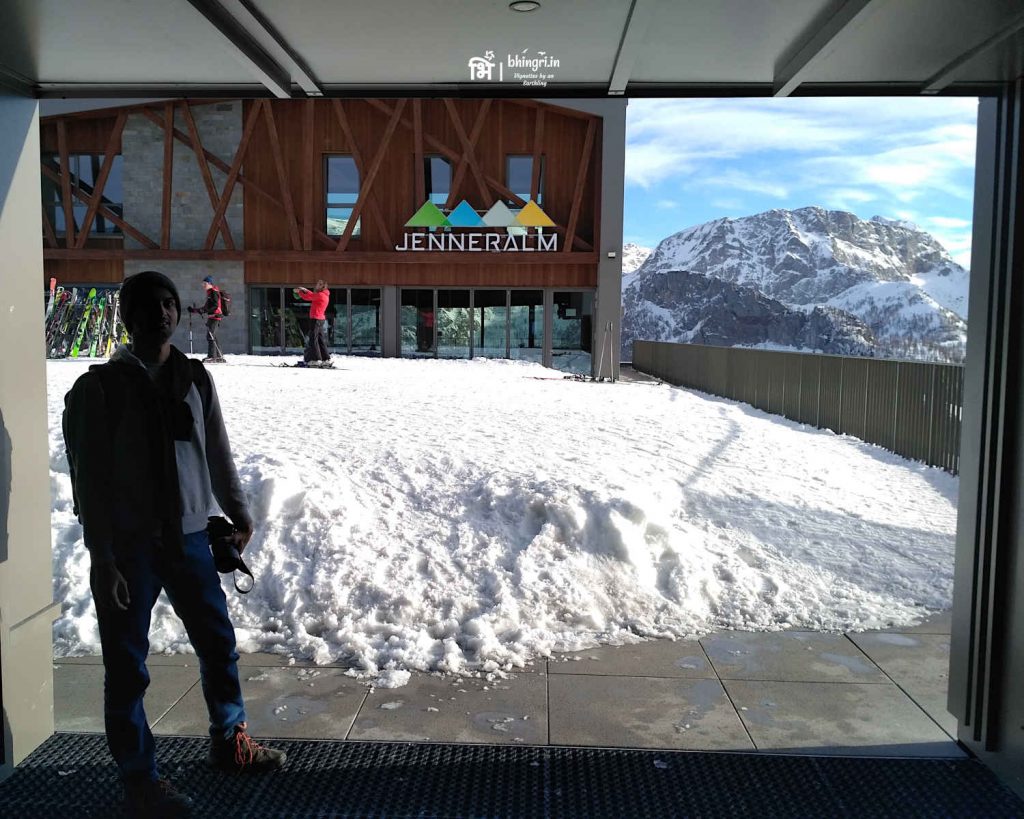


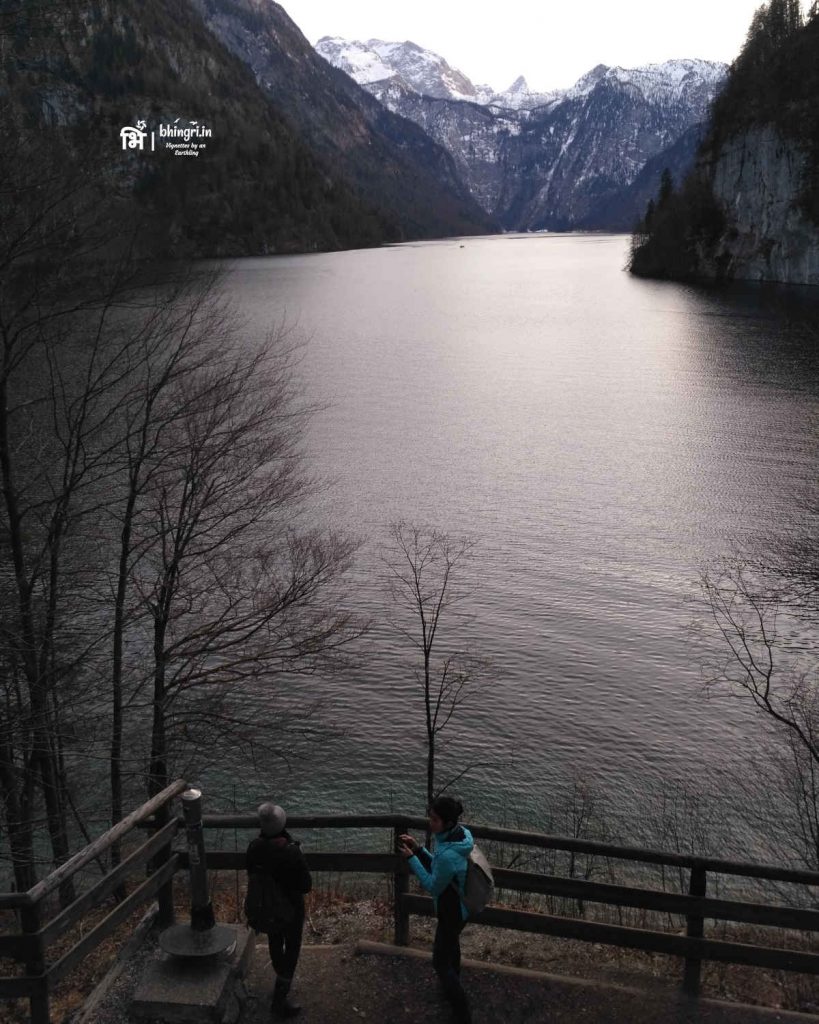
On my way back to Munich, I spent half a day at a little town – Ruhpolding. My host was a lovely German lady who organised trips for German tourists to India. She also was a great photographer. We talked about India and her experiences over dinner and even visited the local church in the morning. I understood what Baroque architecture really meant when we visited this church. It was a memorable end to my short weeklong trip to Germany and Austria.
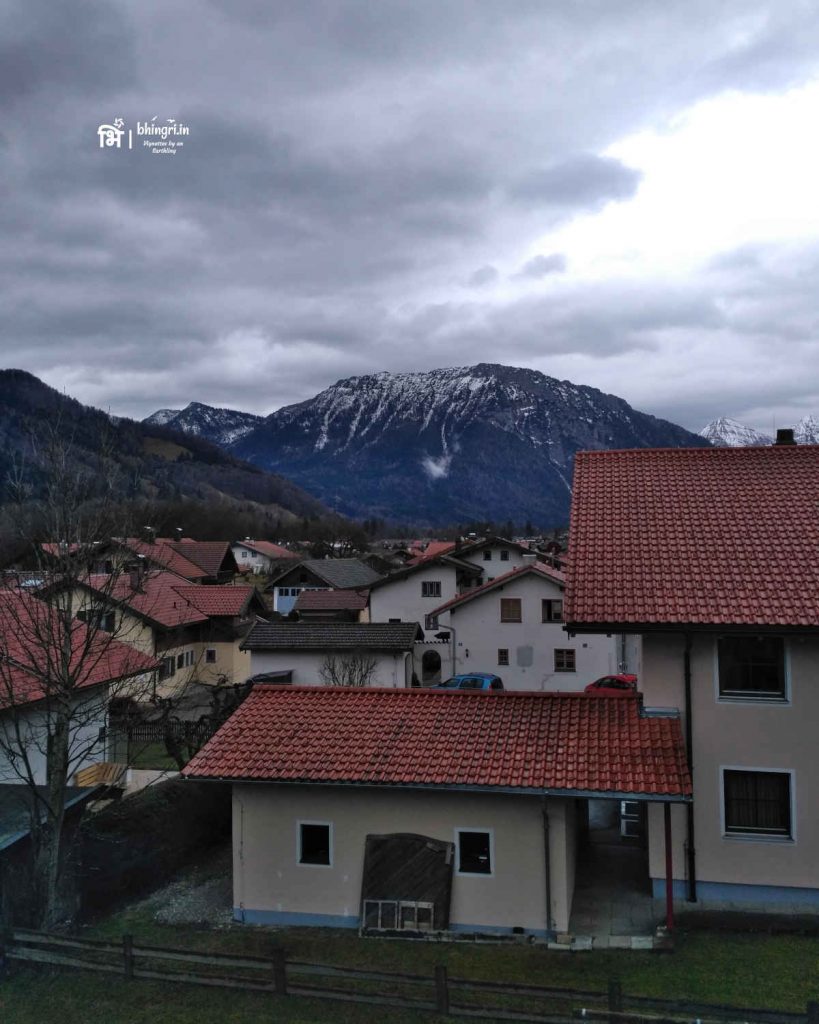
Back to Munich
I returned to Munich the same day and back to Glasgow on the next. Two weeks later, Italy was under lockdown because of the uncontrollable spread of the COVID-19 virus. I was lucky to be able to travel just before it was declared a pandemic.
New resolutions don’t make much sense to me, but this year is an exception. I have made a resolution to write one blog post every month. If you would like to read my next blogs, receive a notification by subscribing from the form below. Hopefully, 2021 will be better for everyone than 2020. See you in the new year!

Thank you.